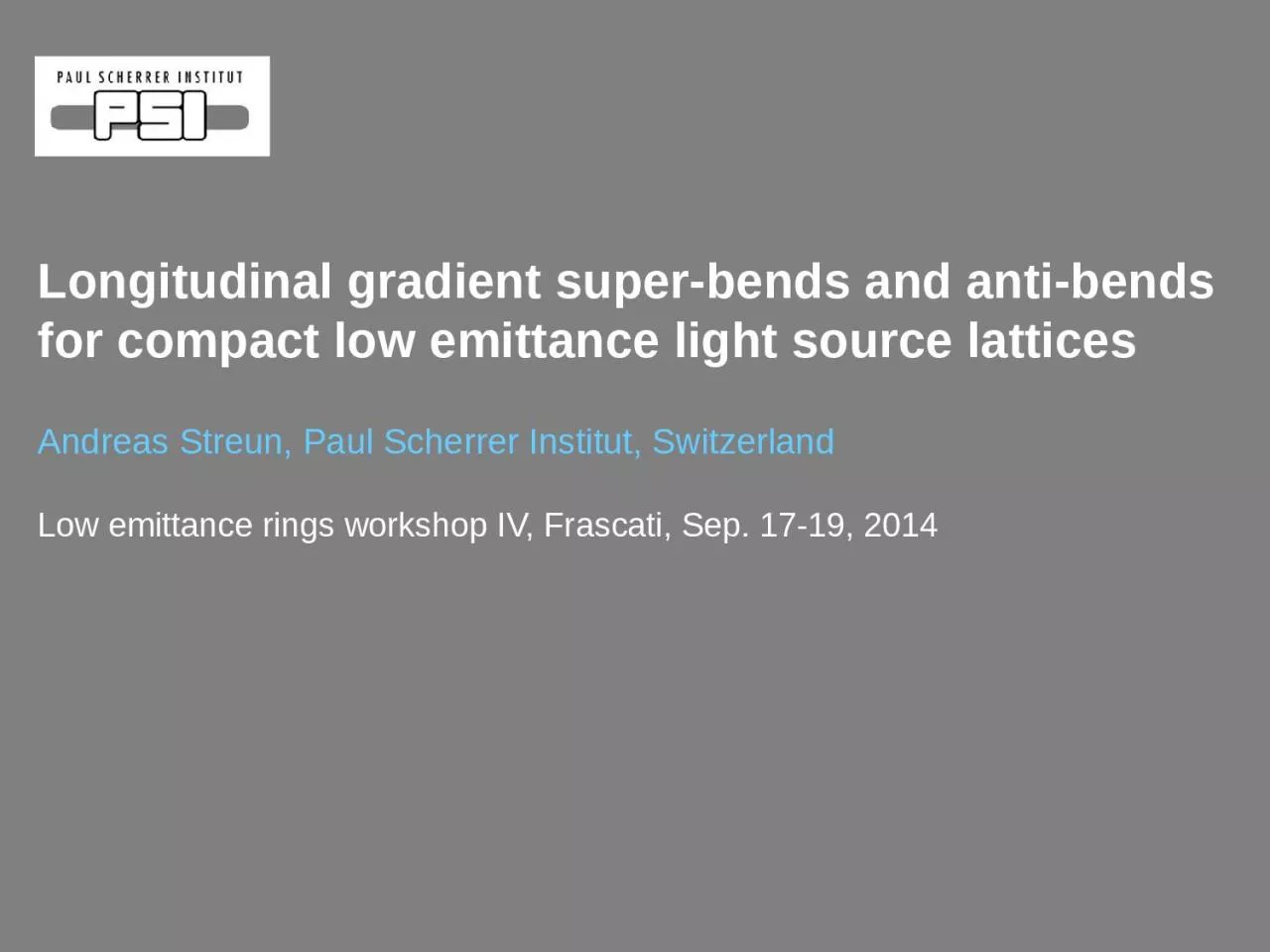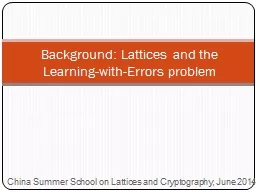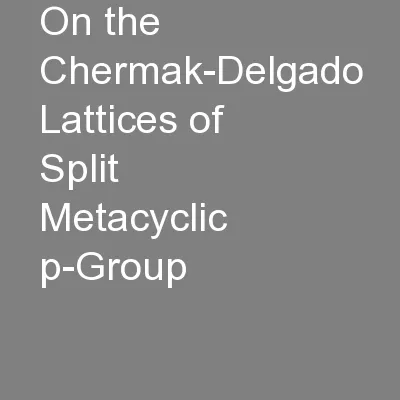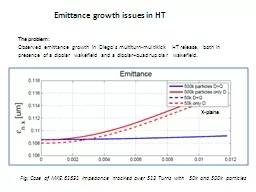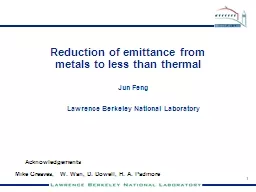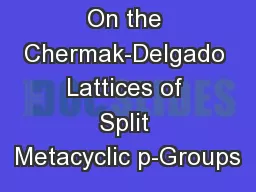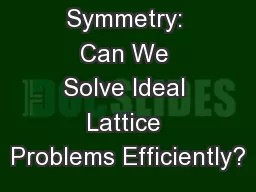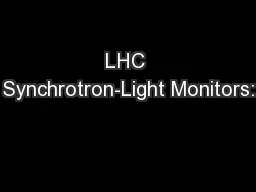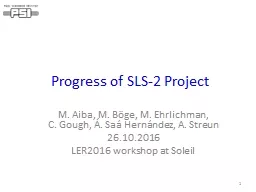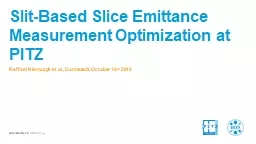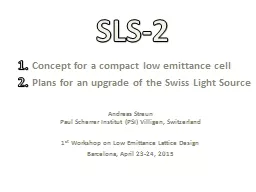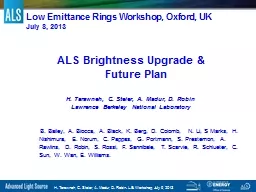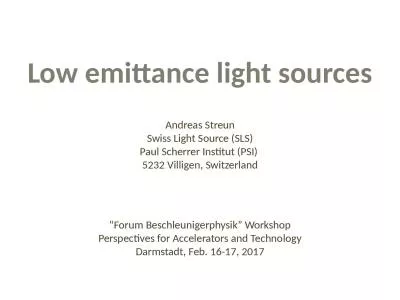PPT-Longitudinal gradient super-bends and anti-bends for compact low emittance light source
Author : arya | Published Date : 2024-03-13
Andreas Streun Paul Scherrer Institut Switzerland Low emittance rings workshop IV Frascati Sep 1719 2014 Contents Recall paths to low emittance Recall the TME cell
Presentation Embed Code
Download Presentation
Download Presentation The PPT/PDF document "Longitudinal gradient super-bends and an..." is the property of its rightful owner. Permission is granted to download and print the materials on this website for personal, non-commercial use only, and to display it on your personal computer provided you do not modify the materials and that you retain all copyright notices contained in the materials. By downloading content from our website, you accept the terms of this agreement.
Longitudinal gradient super-bends and anti-bends for compact low emittance light source: Transcript
Download Rules Of Document
"Longitudinal gradient super-bends and anti-bends for compact low emittance light source"The content belongs to its owner. You may download and print it for personal use, without modification, and keep all copyright notices. By downloading, you agree to these terms.
Related Documents

